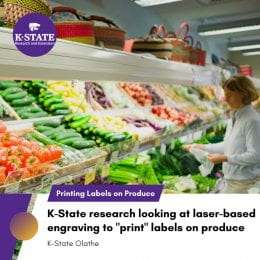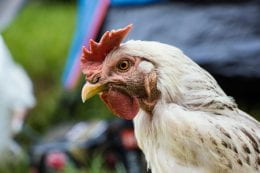
Photo: USDA Flickr
For 17 years, the International Food Information Council (IFIC) has surveyed consumers about many topics related to food and health. This year, changes were revealed that are generational shifts and pandemic related factors.
Gen Z has emerged as a strong influence in driving changes in food and health choices and decisions. Their biggest concern is the environmental impact of food choices. This includes choosing “plant-based” or “small carbon footprint/carbon neutral” products. On the other hand, Gen Z is not as concerned about food waste as older adults.
Gen Z consumers see emotional/mental health improvement by choosing healthful foods, beverages or nutrients. They are also more likely to use mindfulness and meditation to reduce stress.
How Gen Z consumers shop is creating a shift in shopping methods. Online grocery shopping is a favorite tool for 35% of Gen Z and 37% of Millennials. Overall, online grocery shopping has increased from 20% in 2021 to 25% in 2022.
The annual IFIC survey seeks to learn consumer behaviors in many food areas such as eating patterns and diets, health benefits of food purchased, beliefs on food production, food technology, food safety and much more. Download the survey results for free at https://foodinsight.org/2022-food-and-health-survey/.

 Those little stickers on fresh produce may soon be replaced with high tech labels that are “printed” directly on the produce. This research is being conducted at the K-State Olathe campus in the Postharvest Physiology and Food Safety lab.
Those little stickers on fresh produce may soon be replaced with high tech labels that are “printed” directly on the produce. This research is being conducted at the K-State Olathe campus in the Postharvest Physiology and Food Safety lab.
